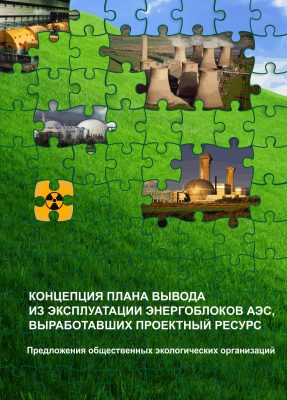10. European experience
Speaking about the trends in the nuclear legislation development on the territory of the European Union we should note that its main themes are the improvement of RW handling and legal provisions for strengthening the regulatory body independence.
Much attention is also paid to the decommissioning of nuclear power units, preparedness
for emergencies and radiation protection in accordance with IRPС recommendations and IAEA's main international safety norms.
Among the multiple legal documents acting in the European Community the main ones are Council Directives or framework laws. The Directives make the EU memberstates committed to common objectives, and in this way, the equality of the whole community is established. But each country decides for itself how it will get to the set objectives. Another legal instrument - instructions - should be clearly formulated in the laws of all EU member-states. The third legislative instrument is a set of recommendations, Council decisions addressed to certain countries, legal and physical bodies and dealing with concrete situations.
In March 1957 after the EURATOM Treaty was concluded, the European Commission became the multi-national regulatory body in the sphere of radiation protection. After the ommission was reorganized in 2000 these responsibilities were given to the EU Directorate General for Energy and Transport, its main principles in this field are the protection of people and environment.
The total production of RW in all EU countries is about 45 th. m3 /year. Approximately one percent of that production is the highlevel radioactive waste (HLW). EU countries follow different HLW disposal strategies.
Italy, Great Britain and the Netherlands decided to postpone a solution to this problem for 50 - 100 years.
Other countries (Germany, Sweden, Finland) consider it as immoral to shift the load of HLW problem to future generations and make legislative, organizational and financial measures for the problem solution. They are governed by the principle that users of benefits from "atomic electricity” should bear responsibility for such consequences of its consumption as RW.
But the attempts to find a solution for the problem of HLW final disposal "Right here, right now” face the opposition of the people living in the regions, where the RW disposal is planned. For this reason the problem of HLW disposal has both technical and social aspects.
Approximately 15% of all means assigned by the EU to the investigations in the field of RW handling is directed toward the search of new technologies of waste disposal and liquidation. In accordance with a special program for RW disposal each member-state established agencies responsible for the RW management. These agencies are subordinated to the authorities having responsibilities in the field of nuclear safety.
The whole volume of EU radioactive waste has a tendency to decrease not only because of newly-developed technologies of RW management, but as a result of consecutive policy to phase out NPPs and promote renewable energy sources (RES).
In this respect Germany sets an impressive example.
Дополнительные материалы
This topic focuses on the existing experience of long-term isolation of radioactive wastes from the environment in Russia
Lectures on this topic:
- 01. Operational RW and SNF of Russian VVER and RBMK reactors
- 02. Generation of solid radioactive waste (SRW)
- 03. Recycling of metallic radioactive waste
- 04. Spent nuclear fuel (SNF)
- 05. Radioactive waste produced at NPP decommissioning
- 06. Necessity of establishing a unified RW management system
- 07. Proposals for establishing regional RW repository in the North-West Russia
- 08. Legal provisions for RW management in Russia
- 09. Importance of using the international experience of RW and SNF management
- 10. European experience
TOPIC OF COURSE
- Topic 01. Current condition of nuclear energy
- Topic 02. Legislation in the US and in Russia
- Topic 03. International law in the sphere of decommissioning
- Topic 04. Role of the national regulators in the decommissioning process
- Topic 05. Possible approaches and scenarios of decommissioning
- Topic 06. Existing experience of decommissioning
- Topic 07. Strategy for handling radioactive waste (RW) and spent nuclear fuel (SNF) USA experience
- Topic 08. Strategy for handling RW and SNF Russian experience & other countries
- Topic 09. Social aspects of decommissioning
- Topic 10. International and inter-regional cooperation for safe decommissioning
